The Pintail comprises a group of ducks in the taxonomic genus Anas. People refer to four species in the genus by this name, including the White-Cheeked, Yellow-Billed, Eaton’s, and Northern Pintail.
Some refer to the Northern species as simply “Pintail,” and the species is the most common of the four ducks. For this reason, we will focus on the Northern Pintail. Read on to learn about the animal.
Description of the Pintail
These ducks, particularly the males, are striking in appearance. Males have deep brown colored feathers on their heads, white necks and chests, and grey/tan colored feathers on the rest of their bodies, with black accents on their wings and tails.
Their tail feathers are long, and come to a point, but females lack this pointed tail. Females have light colored feathers with brown mottling. Most Pintails measure about two feet long, and weigh between one and three pounds.
Interesting Facts About the Pintail
The Pintail is an interesting duck, both in appearance and behavior. Learn more about what makes them unique below.
- Night Flight – Most duck species are diurnal and active during the day. However, these ducks prefer foraging for food in the evenings or at night. In fact, this species even migrates at night!
- Intimidating Migrating – Those migrations aren’t for the faint of heart. This species flies for incredibly long distances when migrating. In fact, a single bird can cover up to 1,800 miles in a single non-stop flight!
- Need for Speed – If you are covering a lot of distance, it is important to move quickly. Thus, it is no surprise that Pintails can travel up to 48 miles per hour!
- Spring Flying – Their migration patterns reflect the season. As the spring and summer arrive, these birds fly north into the northern hemisphere to reproduce. When the winter arrives, they fly south for warmer weather.
Habitat of the Pintail
These birds utilize several different types of habitats, depending on the season. Outside of the breeding season these birds live on lakes, ponds, wetlands, estuaries, bays, marshes, and other aquatic habitats.
As the breeding season arrives, they seek areas that seasonally flood, like meadows, grasslands, and more. They also inhabit agricultural areas in close proximity to humans, like fields of crops and pastures.
Distribution of the Pintail
Pintails live across an impressively wide range throughout various times of year. During the breeding season you can find them across much of the Northern Hemisphere, including North America and Eurasia.
During the winter they migrate southward. Their wintering grounds include the United States, Mexico, and Central America, as well as southern Europe, Africa, and southern Asia.
Diet of the Pintail
These ducks are omnivores, and feed on a variety of different plants and small animals. They feed primarily in the water, but will forage on land as well.
Their diet includes seeds, insects, aquatic plants, insect larvae, crabs, shrimp, snails, and worms. On land they also eat several different types of seeds and grains, like rice, oats, wheat, and more, and snatch up insects as they find them.
Pintail and Human Interaction
Humans utilize Pintails heavily for hunting, and that hunting boosts the economy of the towns that they inhabit. However, these birds also damage a number of different crops. This sometimes causes farmers to hunt the birds or destroy their nests.
However, because they are important to local economies the governments provide numerous protections for these birds and their breeding grounds. Thus, the IUCN lists the Northern Pintail as Least Concern.
Domestication
Humans have not domesticated this species in any way. However, they have domesticated their cousin, the mallard.
Does the Pintail Make a Good Pet
No, Pintails do not make good pets. Even though hunting seasons and permits allow you to hunt this bird, it is illegal to own one as a pet in most areas.
Pintail Care
Many different zoos and aquariums house Northern Pintails. They are quite beautiful birds, and are popular in aviaries and water features. As such, most zoological facilities keep these ducks in large aviary-style enclosures that you can walk through.
The aviaries contain many different ponds, streams, and wetlands for the birds to swim and forage in. Zookeepers feed them pelleted feed that commercial companies specially produce for waterfowl, as well as fresh veggies, grains, and insects.
Behavior of the Pintail
This species spends most of the day resting and begins foraging in the late evenings. It is active overnight, or nocturnal. They feed by dabbling, or flipping upside down and reaching down through the water with their long necks to snatch food.
These ducks also walk through fields and pastures searching for seeds, grains, and crops to feed on. As the seasons change these birds migrate over long distances to breed or to avoid harsh winter conditions.
Reproduction of the Pintail
The Pintail doesn’t nest near a permanent water source. Instead, this bird uses seasonal wetlands or meadows to reproduce. They build their nests out of grasses, and usually lay about eight eggs per clutch.
The female, known as a “hen,” incubates the eggs for around three weeks. The chicks follow their mother to find food, and begin learning to fly when they are about a month and a half old. They stay with their mother until they all migrate for the winter.

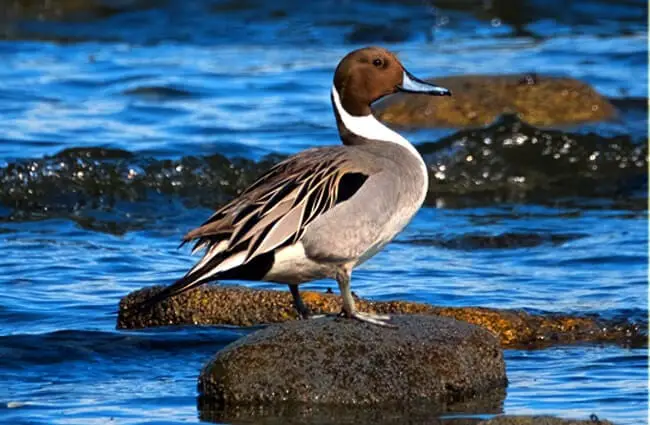
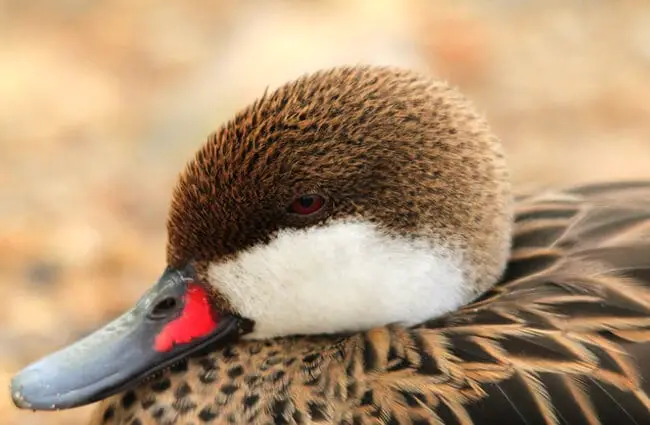
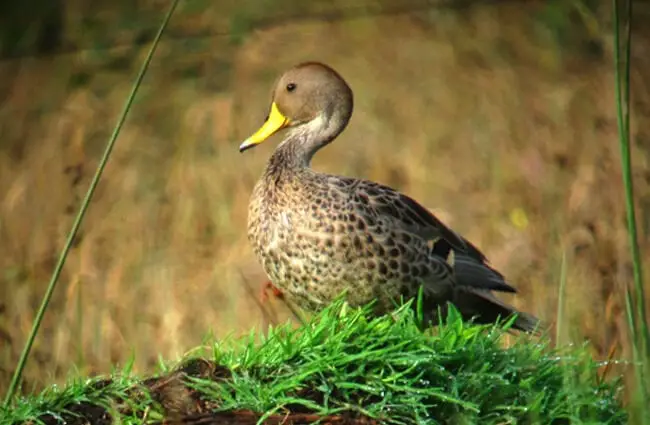
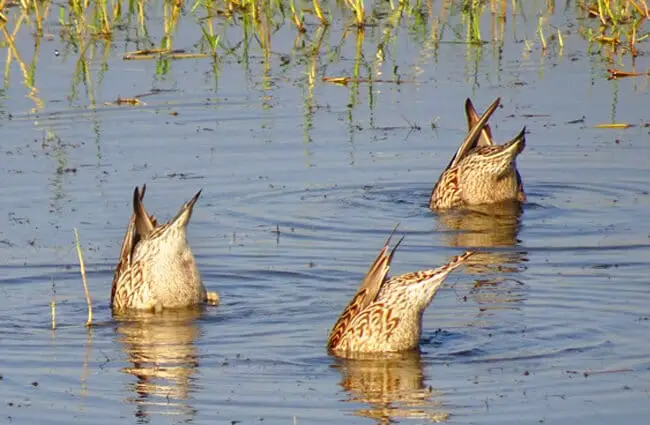
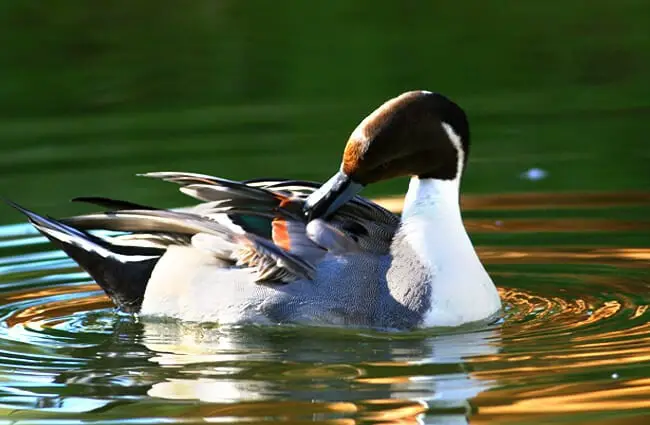
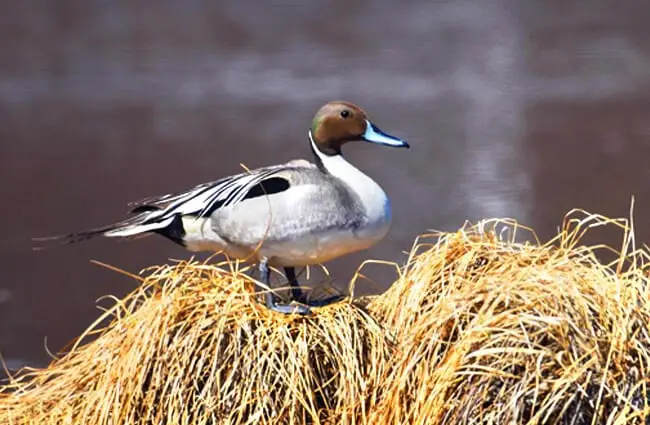
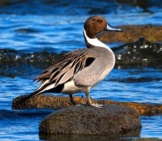
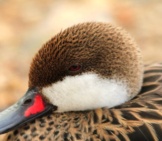
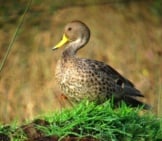
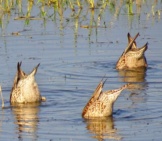
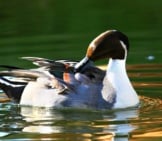
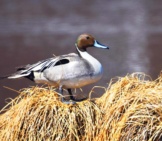
![Red Angus Closeup of a beautiful Red Angus cowPhoto by: U.S. Department of Agriculture [pubic domain]https://creativecommons.org/licenses/by/2.0/](https://animals.net/wp-content/uploads/2020/03/Red-Angus-4-238x178.jpg)












![Red Angus Closeup of a beautiful Red Angus cowPhoto by: U.S. Department of Agriculture [pubic domain]https://creativecommons.org/licenses/by/2.0/](https://animals.net/wp-content/uploads/2020/03/Red-Angus-4-100x75.jpg)

